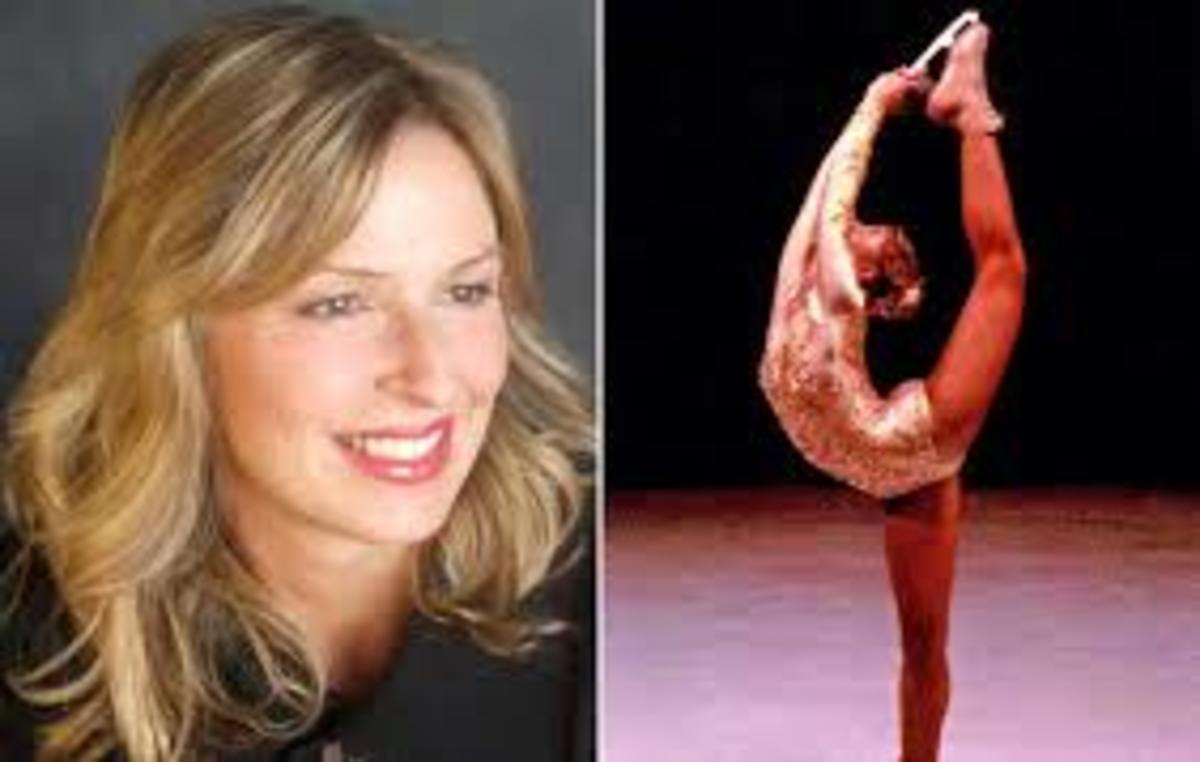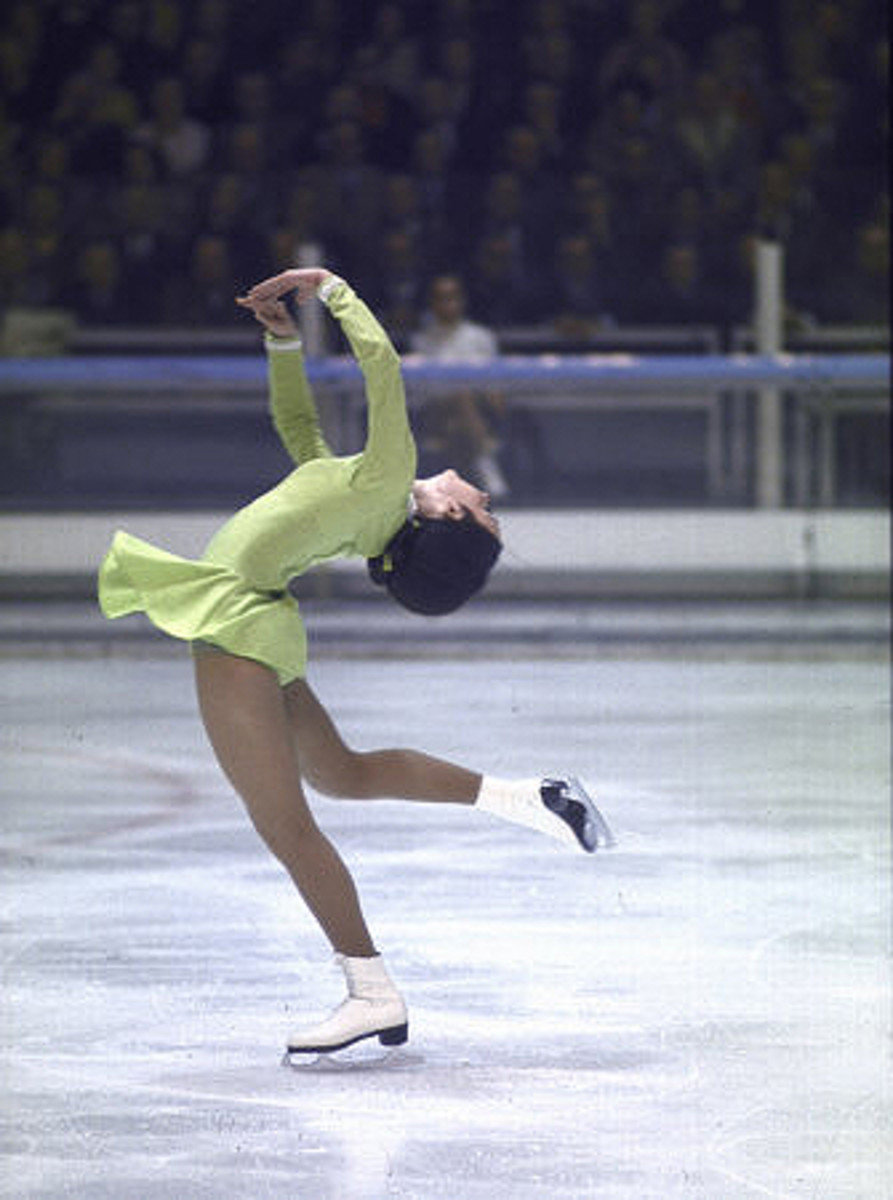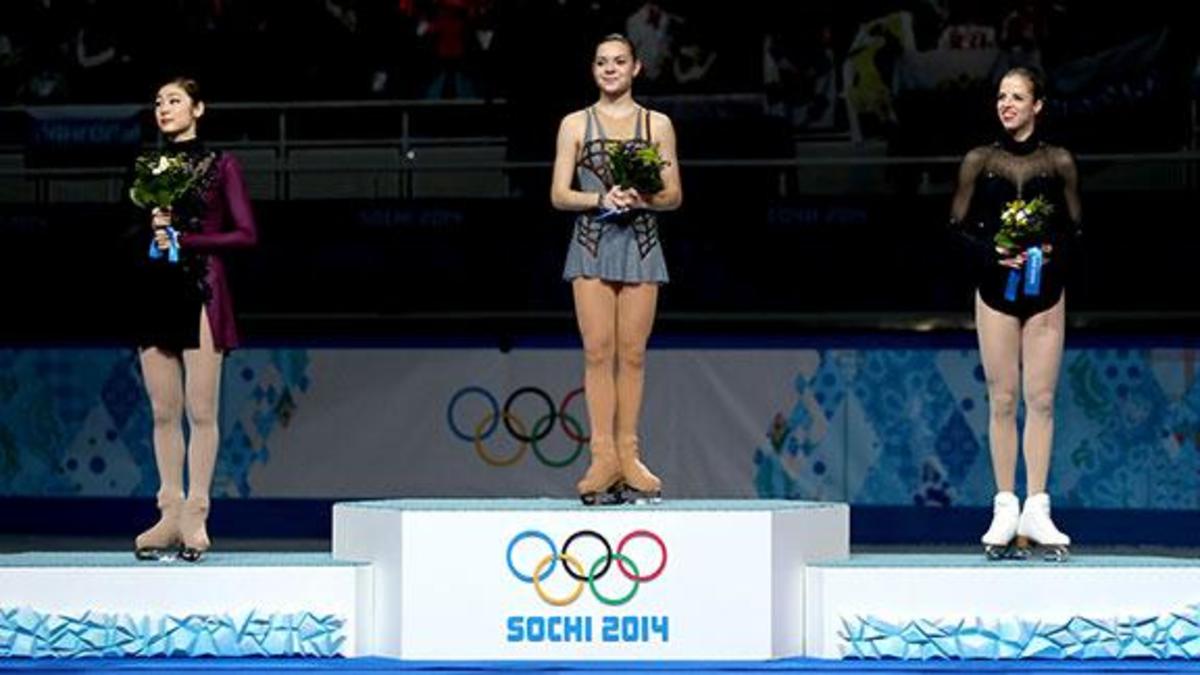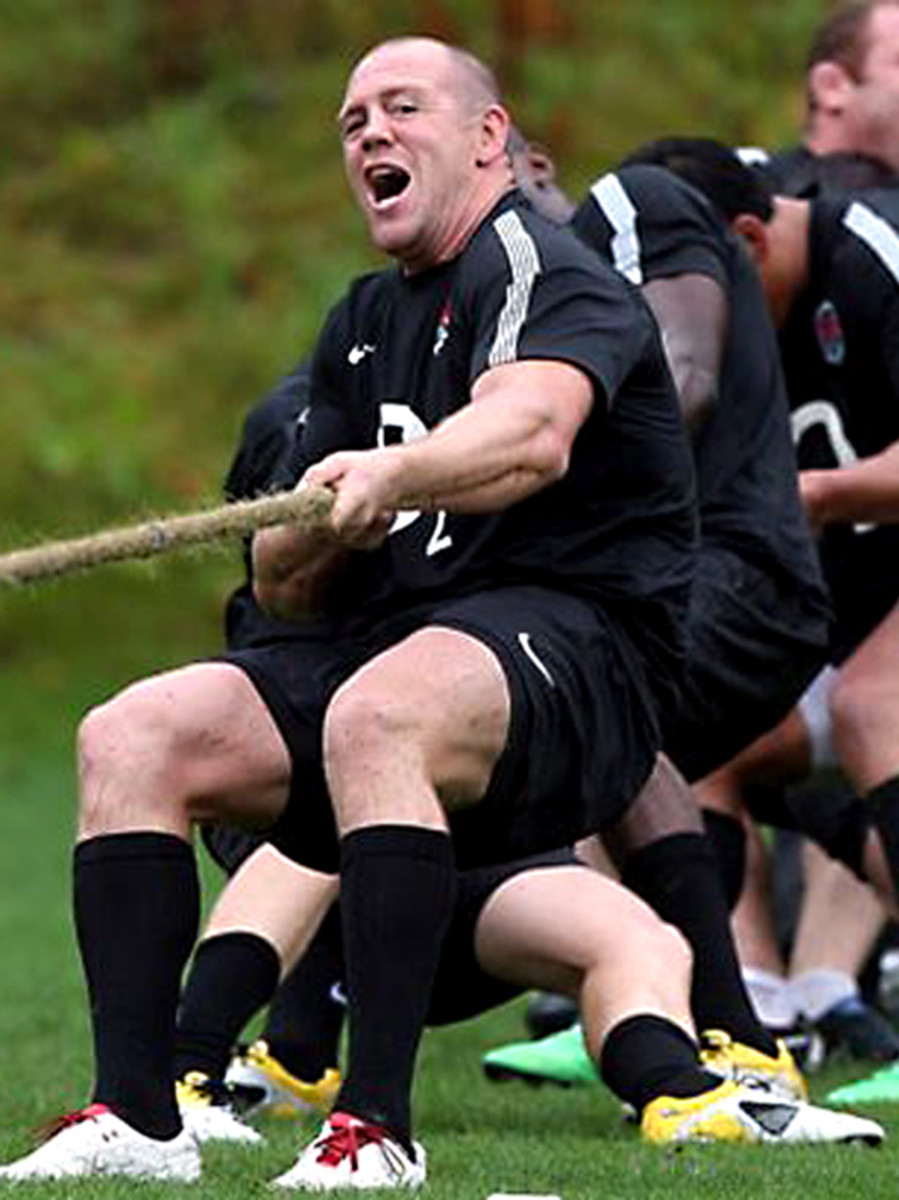The Principles of Figure Skating: 1
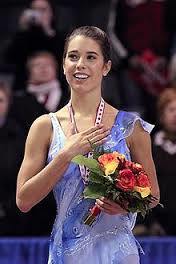
Principles of Figure Skating
There are a few principles of figure skating that make it one of the greatest sports ever invented, that which can by no means be neglected or violated. These principles are written neither in the rule books nor in any figure skating books. Not that the ISU hired lawyers or sport writers have scribbled down some nice sentences that make it look fashionable, they are actually embedded in the history of figure skating. However, today only a few seem to understand the principles that made figure skating great. Figure skating as a competitive sport has evolved, taking various forms. As a result, figure skating judging systems had to change too. But no matter how judging systems changed, figure skating has kept its invariables that dictate its competition forms and give its interpretive philosophy thereon. Grand principles in figure skating as a competitive sport are in the following
- Figure skating is an aesthetic sport.
- Figure skating is a physiological sport.
- Figure skating is a graded sport.
Those principles dictate competition rules and judging modes such as judging system.
Carolina Kostner in 2013-2014
The Rule of the Rules : 1
Points under the COP system are all quality points by the third principle.
This means there is no point such as independent technical points in figure skating: in other words, all points shall be converted to PCS points and interpreted as such.
1. Basic points shall not be ratified without due qualities.
The current system allows skaters to stack up points by simply registering elements they will perform regardless of their ability and level of skating. This is not tolerable per se.
Therefore, judges' strict quality control is a must. It is an ultimate duty for all judges to demand the highest qualities possible for ratification.
If judges neglect to maintain the due qualities in figure skating, that is, they are lenient to ratification, either knowingly or unknowingly, that constitutes a self-grading by examinees.
Today an ambitious skater with the average 60 in PCS can propose in free skating a 60 basic score in TES. This mean without GOE, the skater self-awarded himself or herself half of the entire score that is anticipated.
This is fundamentally wrong and against the principle of sport. As you see in Sochi, that's how the ISU judges defrauded the whole world with disqualified skaters' groundless scores without merit.
Here comes the ratio I showed before. Your GOE shall not pass normally 10% of your basic score. If you are exceptional, you may be able to reach 20 % of GOE based on your basic score.
Judges shall not grant GOE without due qualities: skaters shall not expect GOE without qualities.
In fact 0 GOE is hard to achieve for most skaters.
Mao Asada in 2014
The Rule of the Rules: 2
2. Skaters in lower PCS level cannot beat skaters in higher PCS in normal conditions
Again, this was also violated in Sochi.
Let's say, normal conditions means 90% of a skater's capacity and without serious flaw such as fall, skip of elements, etc.
Today, jump is the most important and most difficult element. Therefore its ratification requires qualities that beat the hostile test conducted by the strictest yardstick.
When you are classified as a skater with 7s in PCS, that does not exclude jump quality. Your PCS grade is in fact heavily weighed in your jump quality. In other words, your jump quality is largely responsible for your PCS level in most cases.
That's quite obvious. You can't be a good jumper without being a good skater.
In figure skating, your jumps are not measured as a separate entity or only in terms of height or distance or speed alone - though each component is critical. Your jump ought to be positioned in contextual harmony that strictly requires your mastery of the entire skating skills.
Your jump quality never goes far from other qualities in your skating including spin, edge work, control of arms and legs and upper body, extension, etc., but not limited to. It is common that the quality of your jumps are not qualified for GOE, unless you make an exceptional demonstration that meets all the prerequisites of GOE in jump.
In order to qualify for GOE, your jump has to be on extended line of your skating and within the context and continuity of your performance without disruption. This, of course, can't be done without excellent skating skills including control of your whole body. This cann't be done without excellent balance and physiological fitness.
For example, your long preparation, your laborious takeoff, lack of flow, lack of speed, wrong air position, any minor glitz during the execution disqualify you for GOE. Your leg's ugly habit not only disqualifies but penalizes you.
Jump will be evaluated in terms of approach, takeoff, revolution, air-position, landing and running edge and flow. All these shall be in place with technical accuracy and without flaw, good enough to make it a part of program, not a separate entity.
It has to be good enough to appreciate aesthetic ingredient, measured by judges .
Average PCS
| Characters
| Skating level
|
|---|---|---|
5.0
| Still juniorish
| Not qualified for senior
|
6.0
| Senior but premature
| 1-2 years after senior debut
|
7.0
| Controlled skating
| 3-4 years after senior debut
|
8.0
| Top skaters
| typically higher than ranking 5
|
This table shows a likely distribution of PCS you can expect.
Mao Asada in 2006
Figure Skating is a graded sport
The table shows an example of the average PCS and its corresponding skaters .
As I showed before, there is a gap of 1.0 average PCS between Wagner and Sotnikova. So if you assign 7.0 in PCS to Sotnikoa, it is reasonable to assign Wagner at least to 7.75 to 8.0 in PCS.
But this can be adjusted according to the pool of competition.
Let's say I normally view that there is 0.5 or 0.75 PCS gap between Asada and Kostner. This can be widened when the two form the top of the competition.
However, if Yuna Kim comes into an equation, then it needs to reduce 0.5 PCS, because I normally separates Kim at least 1.0 PCS from any skater.
So this has to be handled comparatively and flexibly within each competition dynamics. You may think that causes some disadvantage for higher skaters, but it's inevitable for the establishment of competition. We can't allow higher skaters to get away with unlimited merits in competition.
In a limited sense, competition tends to close the gap between skaters; otherwise competition itself is meaningless. Skaters in higher level would have already won by default before competition begins. Of course, this ought to be wisely handled by judges.
A table below is PCS guideline for skaters in Sochi that the judges should have followed.
I think that's the most reasonable and at the same time, competition-freindly format of PCS distribuiton based on skaters in Sochi.
Sochi PCS Guidline for Skaters
PCS
| Skaters
| |
|---|---|---|
5.5
| ||
6.0
| Li Jijun, Julia Lipnitskaia
| |
6.5
| Polina Edmunds, Anna Pogorilaya
| |
7.0
| Adelina Sotnikova, Gracie Gold, Murakami Kanako, Kathlyn Osmond
| |
7.5
| Ashley Wagner
| |
8.0
| Carolina Kostner, Akiko Suzuki
| |
8.5
| Mao Asada
| |
9.0
| Yuna Kim
| |
9.5
|

